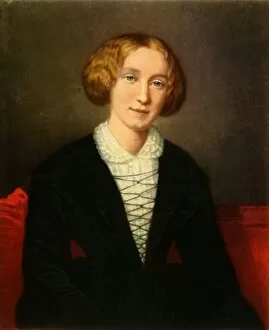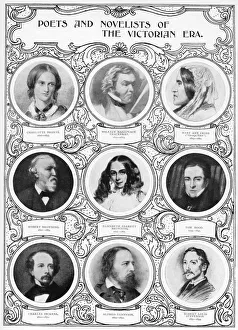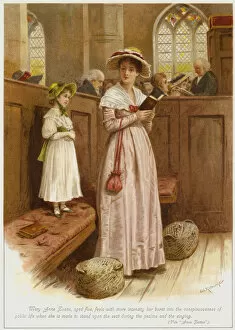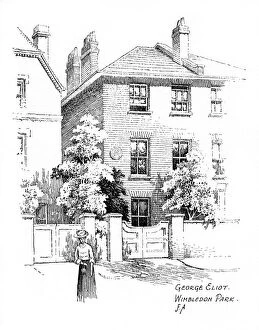Mary Anne Evans Collection
Mary Anne Evans, better known by her pen name George Eliot, was one of the most influential poets and novelists of the Victorian Era in the late 19th century
All Professionally Made to Order for Quick Shipping
Mary Anne Evans, better known by her pen name George Eliot, was one of the most influential poets and novelists of the Victorian Era in the late 19th century. Her literary works captivated readers with their depth and complexity, exploring themes of love, morality, and societal norms. Born in 1819 in Arbury, England, Mary Anne Evans had a profound impact on English literature under her pseudonym George Eliot. She began writing novels around 1850 and quickly gained recognition for her exceptional storytelling abilities. Her novel "Romola, " published between 1862-63, showcased her talent as she delved into historical fiction set in Renaissance Florence. Throughout her career as a writer, various artists captured different aspects of Mary Anne Evans' life. Francois d Albert Durade's depiction titled "Tessa at Home" from George Eliot's Romola showcases the artist's interpretation of one of Eliot's characters. Frederic Leighton also created an artwork portraying Tessa from the same novel. Eliot herself is immortalized through portraits and etchings that depict both her real identity as Mary Anne Evans and her famous pseudonym George Eliot. These artworks capture the essence of this remarkable woman who challenged societal conventions during a time when female writers faced significant obstacles. One lithograph portrays young Mary Anne Evans standing on a seat during psalms and singing at just five years old—a moment that foreshadowed her later burst into public consciousness. Another chromolithograph captures this pivotal event with even more intensity. In charge of shaping minds through literature, George Eliot left an indelible mark on English society with novels like "Middlemarch" and "Silas Marner. " Her ability to delve deep into human emotions made readers feel connected to complex characters facing moral dilemmas. Even after her passing in 1880 at age sixty-one, artists continued to honor George Eliot's legacy.
























